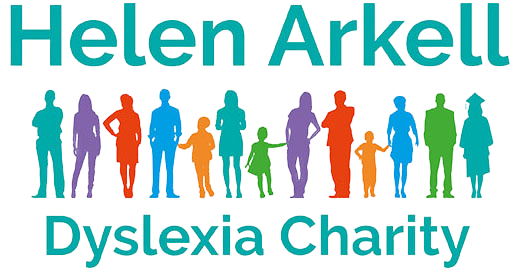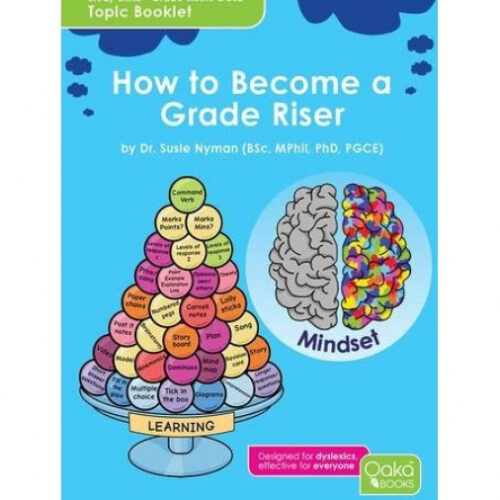Description
The essential guide to the science behind reading and its practical implications for classroom teaching in primary schools.
Teaching children to read is one of the most important tasks in primary education and classroom practice needs to be underpinned by a secure foundation of knowledge. Teachers need to know what reading entails, how children learn to read and how it can be taught effectively.
This book is an essential guide for primary teachers that explores the key technical and practical aspects of how children read with strong links to theory and how to translate this into the classroom. Bite-size chapters offer accessible research-informed ideas across all major key topics including phonics, comprehension, teaching children with reading difficulties and strategies for the classroom.
Key features include:
· Discussions of implications for the classroom
· Questions for further professional discussions
· Retrieval quizzes
· Further reading suggestions
· Glossary of key terms
Reviewed by our Head of Education:
Christopher Such starts with a brief history of reading, its origins. And then tackles why learning to read English can be so problematic. This is followed by a clear framework in which reading can be taught, the process of learning phonics and how to increase fluency. Such then explores how meaning is extracted from text read and what can be done to enhance this process in the classroom. And there are plenty of suggestions for how additional reading opportunities can be integrated into school life and the curriculum, and for how reading outcomes can be improved for all learners in the classroom. This really is an essential guide to the science behind reading and an excellent practical manual for teachers, teaching assistants, specialist teachers looking to support reading and reading comprehension skills.
Christopher Such is a primary school teacher and the author of the education blog Primary Colour. He can be found on Twitter via @Suchmo83.
ISBN: 978-1-5297-6416-1









